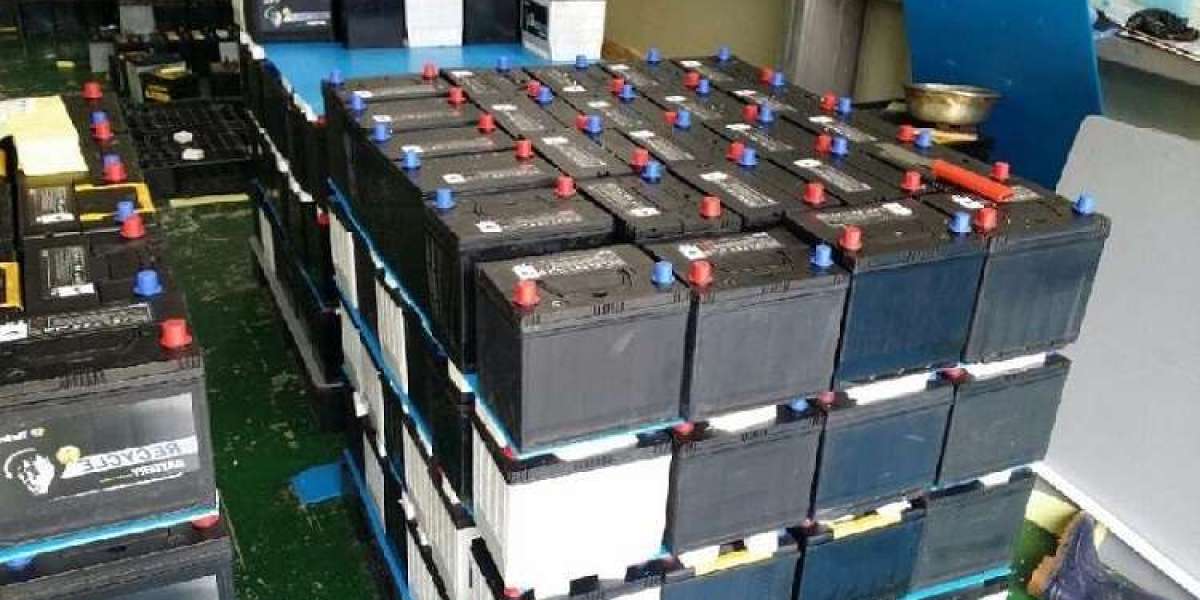Unlock the Secrets of Three-Phase Variable Frequency Drives: Transform Your Understanding Today!
Three-phase variable frequency drives (VFDs) are pivotal components in the landscape of modern industrial automation. These devices not only enhance the efficiency of motors but also provide precision control over speed and torque, making them essential for a variety of applications. In this article, we will delve into the fundamentals of three-phase VFDs, exploring their working principles, diverse applications across various industries, and the multitude of benefits they offer. Whether you are an engineer, a technician, or simply someone interested in understanding the intricacies of industrial technology, this article aims to equip you with valuable insights that can enhance your operational knowledge and decision-making.

Understanding Three-Phase Variable Frequency Drives
At the core of industrial motor control, three-phase VFDs are designed to control the speed and torque of three-phase AC motors. Unlike single-phase drives, which are limited in their capacity and efficiency, three-phase VFDs utilize three separate AC input signals, thereby providing a more stable and efficient power supply. The basic components of a three-phase VFD include a rectifier, a DC bus, and an inverter. The rectifier converts the incoming AC power into DC, which is then smoothed out in the DC bus before being fed to the inverter. This inverter then converts the DC back into variable frequency AC, allowing for precise control over the motor’s speed. The significance of frequency control cannot be understated; by adjusting the frequency of the power supplied to the motor, the VFD can effectively control its speed and torque output, optimizing performance in various applications.
Working Principles of Three-Phase VFDs
The operational principles of three-phase VFDs hinge on their ability to convert alternating current (AC) to direct current (DC) and back to a variable frequency AC. Initially, the incoming three-phase AC voltage is rectified using diodes, resulting in a pulsating DC voltage. This DC voltage is then filtered and smoothed in the DC bus, ensuring a steady supply before it reaches the inverter stage. The inverter uses pulse width modulation (PWM) to generate an AC output that can have a variable frequency and amplitude. PWM works by rapidly switching the DC voltage on and off, creating a series of voltage pulses that approximate a sine wave. This process allows for precise control of the motor’s speed and torque. Additionally, feedback systems such as encoders and sensors are often integrated to provide real-time data on motor performance, further enhancing control and efficiency.
Applications of Three-Phase Variable Frequency Drives
Three-phase VFDs are utilized across a wide array of industries, each leveraging their capabilities to improve operational efficiency. In manufacturing, for instance, they are essential for controlling conveyor belts, pumps, and fans, allowing for variable speed operation that matches process requirements. In HVAC systems, VFDs adjust airflow and temperature control, leading to significant energy savings and improved comfort levels. Water treatment facilities also benefit from VFDs by optimizing the operation of pumps, ensuring that they run only at required speeds, thereby conserving energy and reducing wear on equipment. A friend of mine who works in a water treatment plant shared how the implementation of three-phase VFDs has drastically cut down their energy costs while improving system reliability and performance.
Benefits of Using Three-Phase VFDs
The advantages of employing three-phase VFDs are numerous and impactful. One of the most significant benefits is energy savings; by allowing motors to operate at optimal speeds, VFDs reduce energy consumption and lower operational costs. Furthermore, they contribute to improved performance; motors run more smoothly and with less vibration, which enhances the lifespan of equipment. Additionally, VFDs reduce wear on components by minimizing mechanical stress during startup and operation. This leads to lower maintenance costs and extended equipment life. Lastly, the enhanced process control afforded by three-phase VFDs allows for greater flexibility in operations, enabling businesses to adapt quickly to changing demand or process requirements, ultimately resulting in more efficient and productive operations.
Essential Insights on Three-Phase VFDs
In conclusion, understanding three-phase variable frequency drives is essential for anyone involved in industrial operations or motor control. From their operational principles to their diverse applications and significant benefits, VFDs represent a transformative technology in the industrial sector. As industries continue to strive for greater efficiency and sustainability, the role of three-phase VFDs will only become more critical. I encourage readers to consider the potential of implementing this technology in their operations, as it can lead to substantial improvements in performance and cost savings.







